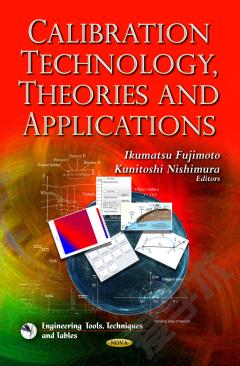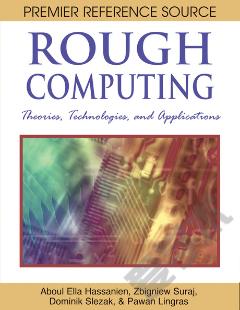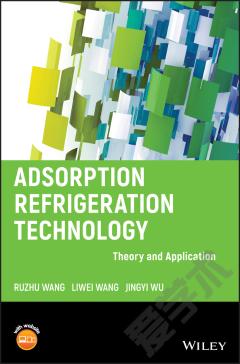Calibration Technology, Theories and Applications
A calibration procedure is generally an operation to determine a relationship between an output and an input of an instrument or an essential value of a measuring object in a measuring system. In other words, calibration is a comparison of a measuring device against a standard instrument of higher accuracy. In measuring fields, the calibration is clearly confirmed in the traceability system. The traceability is defined as the property of a result of a measurement whereby it can be related to strictly defined standards, in general, nationally or internationally recognized, through an unbroken chain of comparisons. Namely, all calibrations are strictly defined to be performed traceable to a nationally or internationally recognized standard in a measuring field. The term “calibration” is used not only in measuring fields but also in meteorology, chemistry and economics. Also, in these fields the term “calibration” is used as an operation to adjust and/or compensate a measuring system, and a method for accurately determining the relational expression between an input/output of an instrument using suitable standards, for example, an appropriate global optimization method. However, compared to the measuring field, in these other research areas the calibration seems to be defined in a less systematic way, possibly due to the different nature of these disciplines. In this volume, calibration is defined in the above-mentioned broad sense of the term, and the topics for discussion are broad and abundant. The standard of calibration as a method which is confirmed systematically in the measurement field has been developing also in other disciplines. They have many research issues, but constitute a promising area of research.
{{comment.content}}








 京公网安备 11010802027623号
京公网安备 11010802027623号